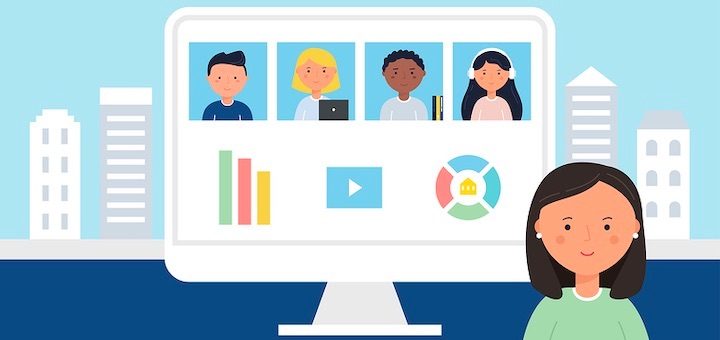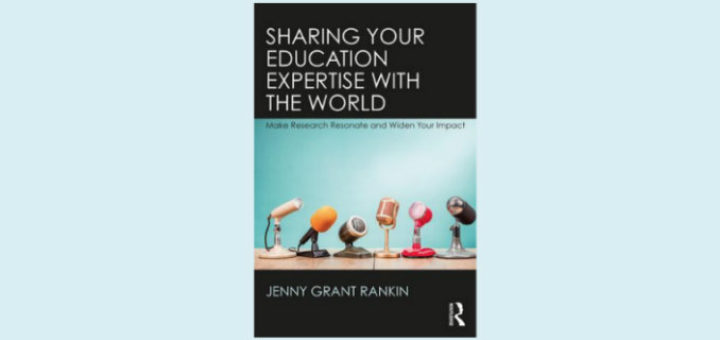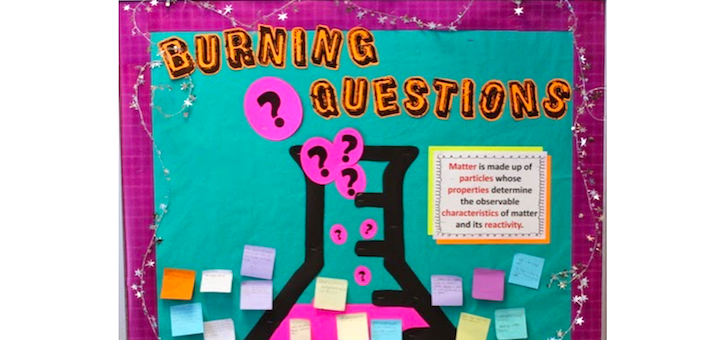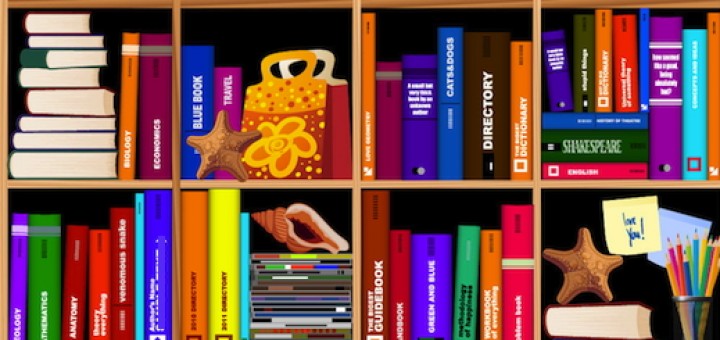4 Reasons for Optimism About Public Education
Williamson and Blackburn highlight four good reasons to be optimistic about the future of America’s public schools. Community approval is the highest in nearly 50 years; teachers are better prepared for the future, and the resilience of public educators remains remarkable.

















